Dance Talk
Our dance season never ends. Learn dance tips from the best.
Ways to Improve Your Improvised Dance Moves
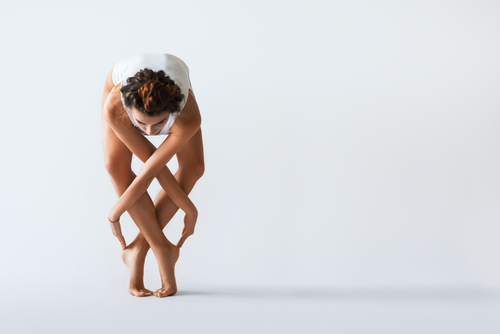
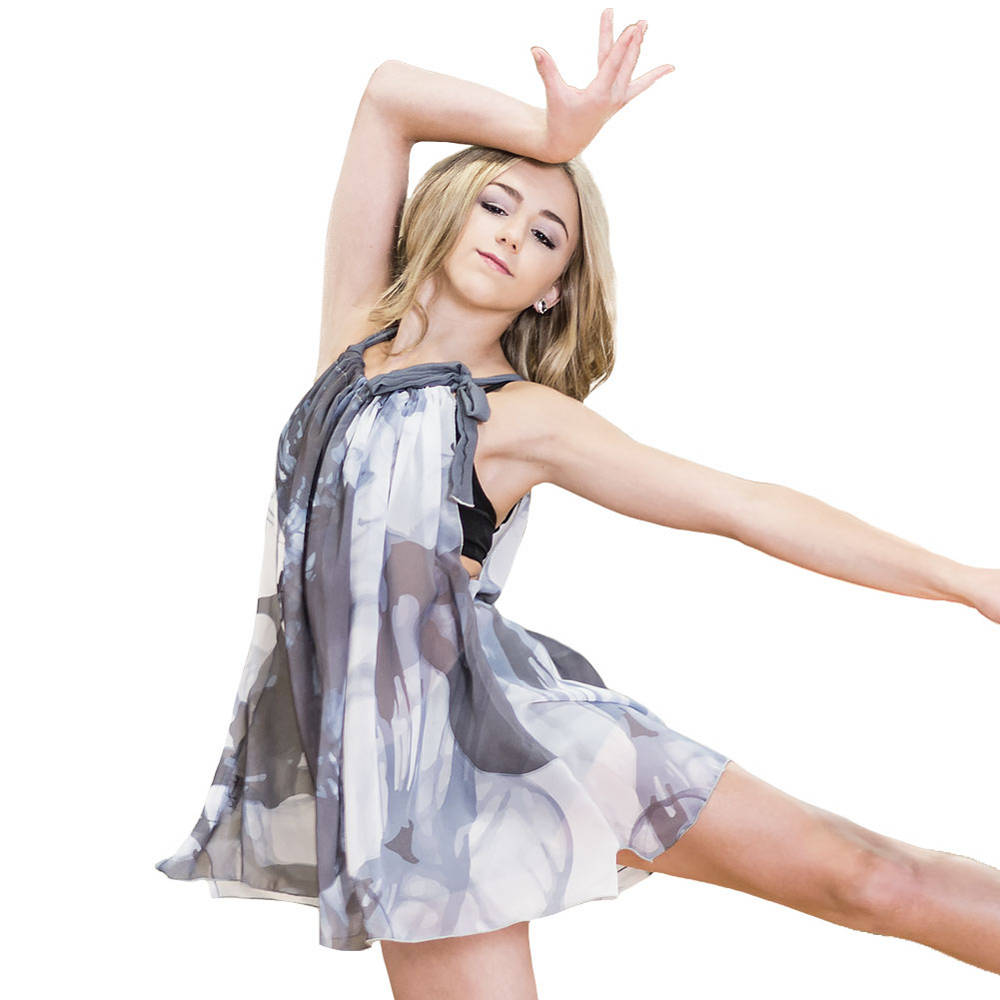
When it comes to dance class, most are rigidly structured with each moment accounted for and set rules for everything from the dance apparel you don to how you wear you hair. Of course, you need to learn techniques, skills and combinations, which is why this is so important. But did you know that by shaking things up -- and implementing improvisation into your dance routine -- you can actually benefit in a variety of ways.
As defined by Wikipedia, dance improvisation is the "process of spontaneously creating movement." With it, you can:
- Gain more confidence in your skills and abilities by putting them to use in ways you never have before.
- Step outside your comfort zone and open your mind up to different possibilities, which can further enhance your dance performance.
- Better feel the music and respond to it, which can make your performances more dramatic and impassioned when you're on the stage.
- More easily recover from a mistake on the stage by putting your newfound improvisation skills to use.
So now that you know the many benefits of improving your improv moves, how can you actually going about doing it? With these 8 tips:
Tip #1: Cast your cares.
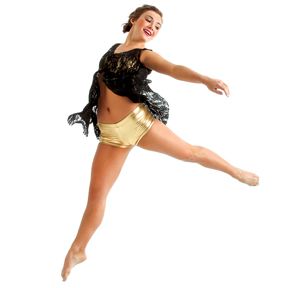
Improvisation is all about being spontaneous. So stop caring so much about how you look and instead just focus on creating movement. While your first moves might be a little awkward, that's completely normal. With some time, you'll become an old pro at improv and be a better dancer for it. So just start to move as soon as the music starts to play. You might be surprised at what comes out of you.
Tip #2: Try not to laugh.
If you're uncomfortable with improvisation, you might start nervously laughing. This is only natural since it releases tension. However, if you're in class and you have other dancers around you, this isn't very professional. Instead, swallow your laughter with a deep breath and instead stay focused on the task at hand.
Tip #3: Don't compare yourself to other dancers.
If you're improvising in class, don't compare yourself to fellow dancers. That doesn't mean you should ignore them. But another dancer might be experienced in improvisation, or simply have a knack for it. And if that's the case, you shouldn't judge yourself too harshly. Likewise, don't judge others around you. This is supposed to be a positive experience that helps you improve your dance skills and abilities.
Tip #4: Create a prompt.
It's tough to just start dancing without any structure at all and get anything out of the experience. That's why you should have some kind of prompt in place that can set the tone for your improvisation. For instance, you might want to focus on certain body parts, such as your fingers or pelvis during the improv exercise. Or, you might want to try out types of movement, such as heavy or light, or sharp or fluid. This will set the tone for your improvisation and help you to give it some structure.
Tip #5: Play your favorite song.
It's hard to get inspired by a song you don't like. That's why, if you're just starting out at improvisation, it's important to stick with your favorites when you're practicing at home. Once the music is on, pay attention to how it makes you feel and just start moving with it. Don't worry about performing the same moves again and again. You're not out to win a competition or performing on stage in front of an audience. Improvisation is all about getting comfortable moving to the music when you don't have any steps to follow. That's why it can often be helpful not to use a mirror and instead just focused on the freestyle movement.
Tip #6: Get inspired.
Once you've gotten into your own rhythm, you can look online for other sources of inspiration. For instance, go to YouTube or another dance site and check out how other dancers are improv-ing. If there's a certain type or style of dance that speaks to you, then search for freestyle moves and dancers in that area. Watch their moves and then add your own flavor when you use them. Just keep in mind, the point of this isn't to mimic or copy another dancer. It's to get inspired and expand your abilities so you can develop your own unique style of dance.
You can also get inspired outside of dance by going to an art show or museum. Or simply observing the world around you, such as the way water or an animal moves, or how a tree blows in the wind. Immerse yourself in as much creative thinking as possible and you'll have the innovation you need once you're engaged in improvisation.
Tip #7: Don't self-edit.
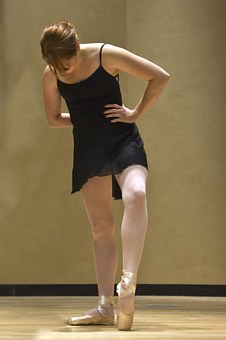
To get the most out of the improv experience, it's important to stay in the movement and not self-edit. Don't judge yourself or pull back on your moves. Instead, give yourself the opportunity to explore different possibilities where unexpected material can emerge. While it can be tempting to copy your fellow dancers and their moves, take some risks and create your own.
Tip #8: Take different dance classes and wear different dance apparel.
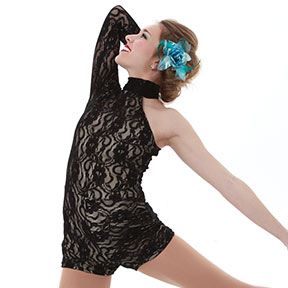
If you always take ballet or jazz, then you're limiting yourself in terms of the style and technique you're learning. Instead, put yourself out there and try something new. Take a hip hop class, or a theatrical dance class. Doing so will expand your movement vocabulary so you have more moves in your repertoire when you're improvising. And you can make it even more fun by investing in some cute new dance apparel or girls dancewear.
If you're a choreographer, improvisation can be especially helpful in coming up with new moves. It can stimulate creativity and help you to develop new material. During the process, you might even create your own signature move that you're known for. Even if you're not a choreographer, your dance instructor or dance choreographer will often look to you and your fellow dancers for new ideas and inspiration.

Follow Us
Follow Us online, join our conversations, engage with our teams around the world!